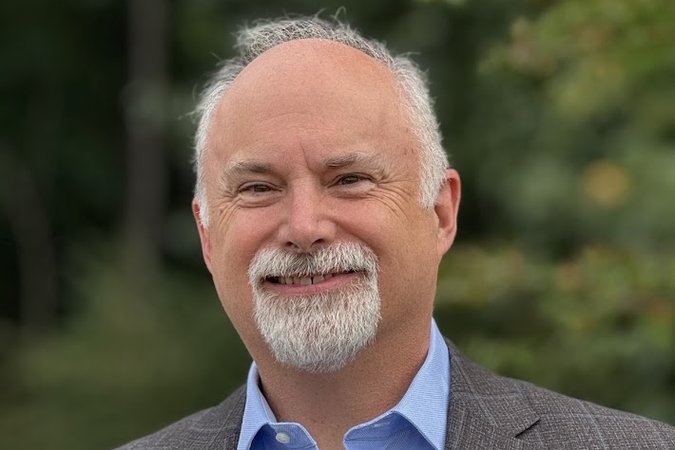The Ten-Year Rule: Allocation of Emission Allowances in the EU Emission Trading System
DownloadIn its guidance on National Allocation Plans (NAPs), the European Commission has discouraged Member States from adopting allocation methodologies that would provide incentives to firms affecting their compliance behavior. The purpose is to promote economic efficiency and to prevent strategic behavior that deviates from individual and collective cost-minimization. For example, some methodologies would reward one type of compliance investment over another. To discourage such actions, the EU Emission Trading System guidelines prohibit ex post redistribution of emission allowances within an allocation period based on behavior in that period. Similarly, the Commission has indicated that decisions about the initial distribution of allowances in the second phase (2008-2012) must depend on measures prior to 2005 so as not to give companies an incentive to adjust their behavior to receive a larger allowance allocation. However, two other aspects of the NAPs—the treatment of closures and new entrants—may also affect firm behavior. An undercurrent in these guidelines is the question of whether Member States should allow incumbent emitters to hold infinitely lived, once-and-for-all property rights to a share of the emission allowances in the future. This paper develops an approach for balancing efficiency considerations with perceived issues of fairness. We propose a ten-year rule to guide policy regarding closure of existing sources and the status of new sources and to guide the initial distribution of emission allowances in general. A ten-year rule would address issues of fairness and capture an important part of the potential gains that could be achieved through an efficient initial distribution of allowances.
Europe's cap-and-trade program to reduce carbon dioxide emissions creates a substantial subsidy to industrial plants that produce the gas because it allocates most of the emissions permits gratis. The permits have a value currently in the range of $40 billion per year and are allocated according to historical performance in a base year in the past. To prevent companies from increasing production to obtain larger subsidies, the European Union requires distribution of permits to be based on performance prior to 2005. This raises the question of how to deal with old plants that go out of operation and new plants that enter the program.
In "The Ten-Year Rule: Allocation of Emission Allowances in the EU Emission Trading System," four researchers -- Markus Åhman, Dallas Burtraw, Joseph Kruger, and Lars Zetterberg -- illustrate that this approach to allocation undermines the efficiency goal for the program because it gives to owners of retiring plants and new plants incentives for strategic behavior. The authors propose a rule to allocate permits to each plant based on its output a decade earlier. A new entrant would get permits based on forecast output for 10 years, then on actual output 10 years earlier. The purpose would be to enable entrants to compete on equal terms with plants already in the market. Plants that dropped out of operation would continue to receive their allotments for 10 years to prevent the subsidy from becoming an incentive to keep obsolescent equipment in the market.
Gratis distribution of emissions allowances aims to compensate companies for their sunk costs -- the investments already made in their plants. But grandfathering tends to overcompensate, the four authors observe. Moreover, providing subsidies in perpetuity even to the least efficient producers "may defy intuition about fairness and common sense," the authors write.
"The award of a long-lived stream of emissions allowance," they comment, "constitutes a massive transfer of wealth associated with the designation of property rights on the order of magnitude of the 19th century land giveaway to railroads in North America."
The 10-year rule, they believe, would greatly diminish the influence of free allocations in skewing competition in the market.
The paper also questions whether the EU has devolved too many choices to the governments of its 25 member countries. Particularly in making policy for plants that close, the most efficient solution for the EU as a whole may not be the most attractive option from the perspective of one country.
Over the longer term, the dilemmas created by grandfathering and subsidies could be resolved by shifting to an auction system in which producers would be required to pay for emissions permits at prices set by open bidding.
The authors end their paper with a suggestion that the EU also adopt a second 10-year rule, providing for a gradual transition to auction sales of the permits.
Authors

Markus Åhman

Joseph Kruger

Lars Zetterberg




